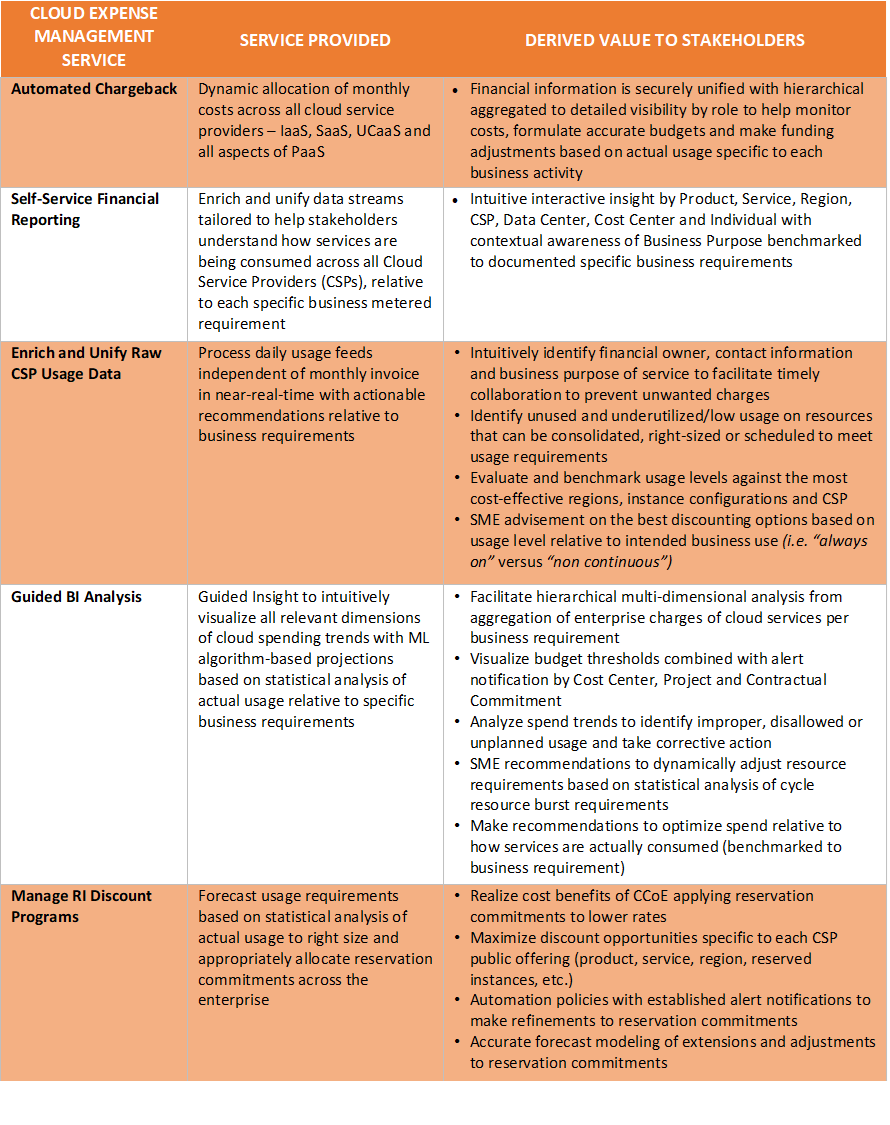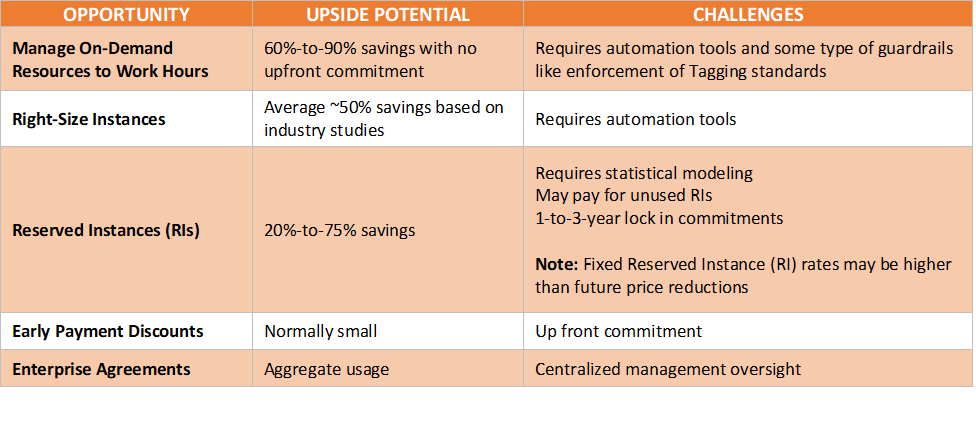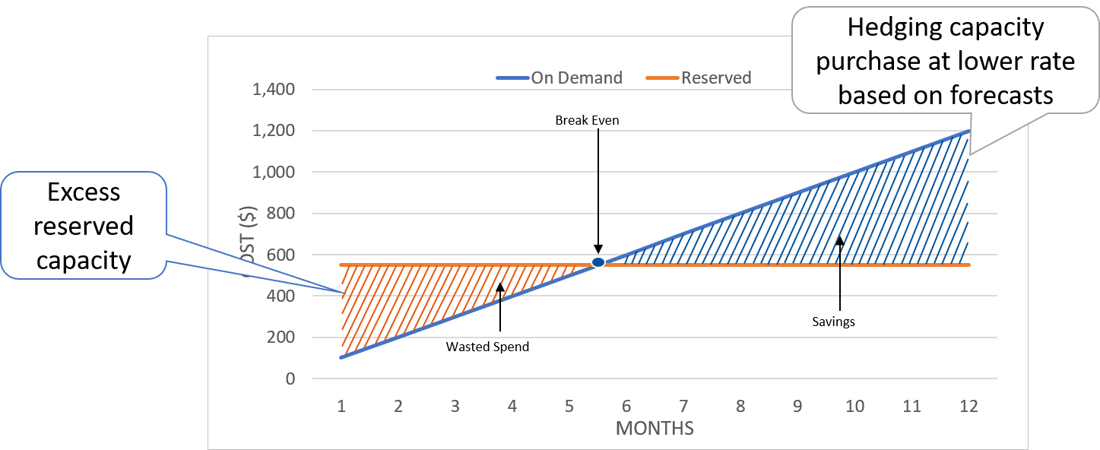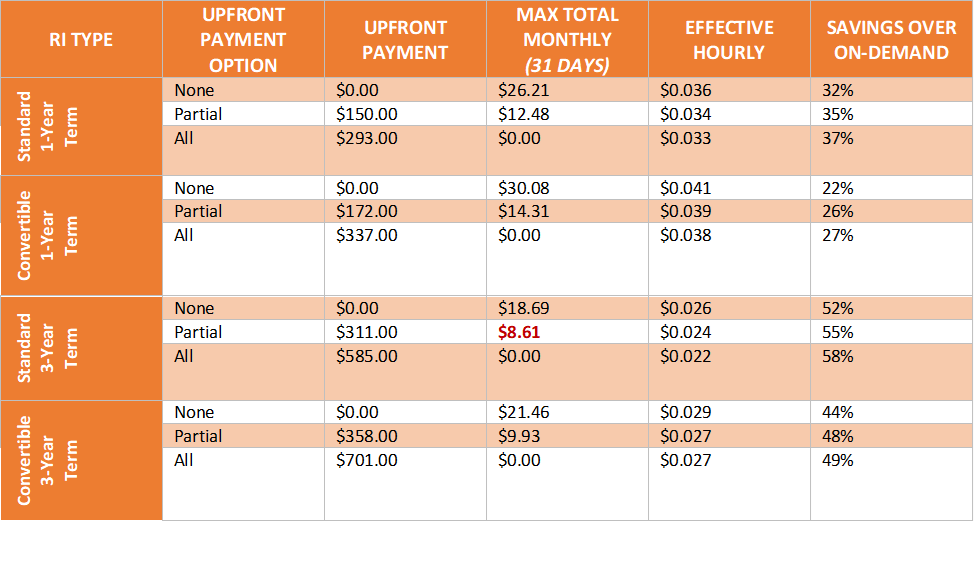Let’s start this conversation with outlining the five areas where an effective cloud expense management program can help optimize the use of leased cloud technologies.
- Cost Management – automate the governance of financial ownership by automatically allocating charges for cloud services consumed to the appropriate cost center.
- Security & Compliance – establish a universal configuration management framework to enable an automated audit program that can validate the proper configuration of services to include security groups, access control lists, data ingress and egress requirements.
- Inventory – institutionalize a global Tag framework across all cloud services that will be used to administer ownership, manage changes and facilitate complete decommissioning of all inter-related cloud services in a timely and automated manner
- Utilization – baseline and benchmark usage of each cloud service to automate dynamic rightsizing relative to specific business cycles (daily, weekly, monthly, quarterly, semi-annual and annual)
- Automation & Self-Healing – statistically analyze actual usage and evaluate against configured business requirements to identify potential constraints and performance issues in order to proactively resolve by implementing the appropriate corrective changes before they become problematic.
The strategic outcomes that are derived from having an effective corporate cloud expense management program include:
- Holistic insight for the Cloud Center of Excellence (CCoE) to make the right hedge investments to help the company maximize potential discount opportunities in a timely manner
- Automated data synchronization with key corporate systems such as Finance, HR and Facilities to ensure accurate data enrichment
- Timely identification of non-compliance issues, risks and other potential financial vulnerabilities
- Enabling intuitive role-based 24×7 self-service access for client stakeholders to:
- Track ownership and consumption for each assigned service in near-real-time
- Benchmark actual spend to configured budget and formulate accurate forecasts
- Leverage BI/ML/AI and tagging capabilities to: (Tags will be explained in the next blog)
- Model usage trends and identify anomalies, potential misuse and fraudulent activities
- Identify opportunities to consolidate and eliminate unnecessary resources
- Identify and halt services not configured to support an automated corporate cost management program
- Align retention of data with configured business requirements to reduce unnecessary storage expenses
- Align activation of elastic PayGo/On-Demand services with schedule of workload requirements
Examples of direct short-term actions that can be taken and result in an immediate impact on cost savings include:
- Reclaiming and repurposing orphaned resources that can be leveraged by other stakeholders
- Decommission “zombie services” that are associated with disconnected servers such as:
- IP Addresses
- Delete unattached disk storage, aged snapshots and archive files that exceed retention timeframes
- Clean up unused storage when servers are discontinued
- Move data to lower cost tiers based on business performance requirements
- Eliminate multiple versions of replicated files
- Stop and restart, (a.k.a. “halt”) virtual machines (VMs) based on actual work schedule (versus always on 24×7)
- Scale down relative configuration of server to actual usage demands
- Upgrade to the most current cost-effective instance
Examples of long-term programs that can be implemented to optimize cloud expenses include:
Procurement:
- Establish an enterprise agreement per cloud service provider (CSP)
- Dynamically assign reservation discounts across the combination of:
- Always-on production instances
and - Non-production instances that accumulate sufficient usage within a billing cycle
- Always-on production instances
Statistical Analysis:
- Right size underutilized cloud instances
- Purchase spot instances to support cyclic burst requirements like monthly billing activities
- Eliminate unused SaaS subscriptions
- Monitor to ensure usage commitments are met
- Monitor data egress (most expensive dynamic component)
- Remove archived files that exceed retention timeframe
- Establish notifications based on usage thresholds
- Establish secure folders to share replicated files
- Substantiate storage requirements for large files (i.e., MP4)
Infrastructure Changes:
- Migrate cloud services to less-expensive regions or CSPs
- Upgrade from out-of-date instance families or service offerings
- Assign customized VMs to meet specific job requirements
Realizing Cost Savings Requires an Effective Cloud Expense Management Program
It’s very important to be aware of both the pros and cons of implementing cost optimization opportunities. Organizations must take a holistic approach and understand all the inter-dependencies and develop effective forecast models to successfully achieve cost optimization.
Table 1 below summarizes the potential upside and requirements to implementing cost savings measures.
Cloud Expense ROI Is Relative to the Investment and Usage Timeframe
Return on Investment (ROI) as applied to cloud expense management is not as simple as the traditional ROI model since as stated in the above table, the lock-in rate and reserve capacity commitment for an RI agreement may not be as financially attractive after the CSP offers a future lower-rate standard option. As noted in the previous blog, CSPs often require one or three-year commitments of capacity to receive the discounted rate. The ultimate goal of the cloud expense management program is to lower the unit cost of doing business for each business unit. It’s important to note that the key variable in deriving unit cost is understanding the business metric relative to each business unit where Unit Cost = (Total Cost/<business metric>). The diagram below illustrates the how investing in RI can initially result in overspend versus public on-demand rates until the actual consumption meets the forecasted business model.
Selecting the Most Effective Cost Savings Opportunity
CSPs offer an ever-growing and ever-changing spectrum of cost savings opportunities. The CCoE needs to leverage the sophisticated statistical analysis of a cloud expense management platform that aggregates all the itemized charges and presents an intuitive hierarchical guided perspective in order to help identify and subsequently apply the appropriate savings program. Tables 2 and 3 below compare the RI cost optimization opportunities for a cloud server to just keeping the server on during actual working hours. The comparisons illustrate that the standard always-on monthly rate of $39.28 for 700 hours of usage can be reduced by 73% to $10.56 by only using the server at a standard on-demand rate during the actual 200 working hours. However, if this is a production always-on service that requires 24×7 availability, they could realize a total savings of 55% by incorporating the service into a standard 3-year RI commitment program, as illustrated in Table 3.
Table 2: Illustrates the cost of keeping a server on for a full month versus working hours only.
Table 3: Illustrates additional savings that can be realized with by leveraging one of the 1 or 3-year RI commitment options should an always-on service require 24/7 availability.
Summarizing the Value Stakeholders Derive from an Effective Cloud Expense Management Program
Table 4 outlines the derived value stakeholders receive based on the actions related to different services offered from an effective cloud expense management program.
Table 4: Represents the relative value of cloud expense management services provided.
 Stay tuned to this blog series to learn some best practice recommendations on expanding your expense management program to include cloud services.
Stay tuned to this blog series to learn some best practice recommendations on expanding your expense management program to include cloud services.












